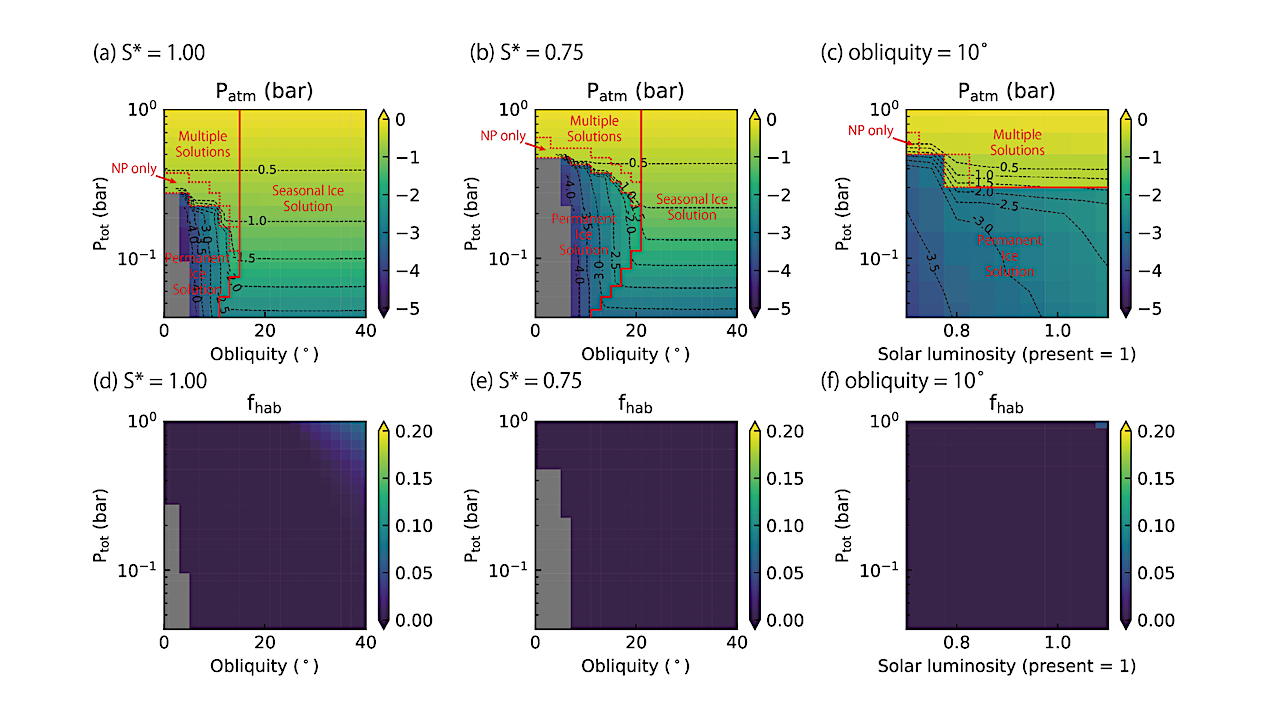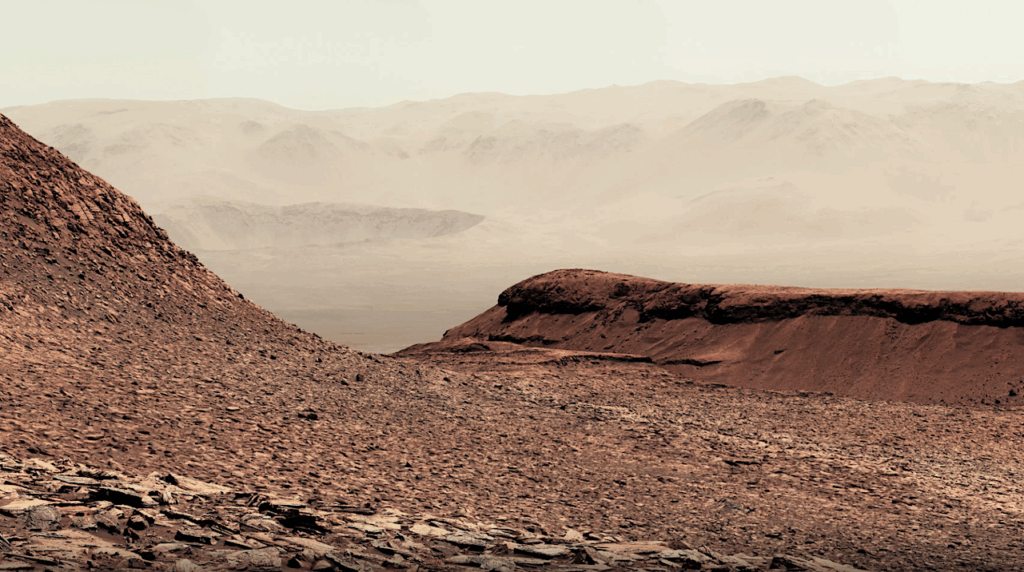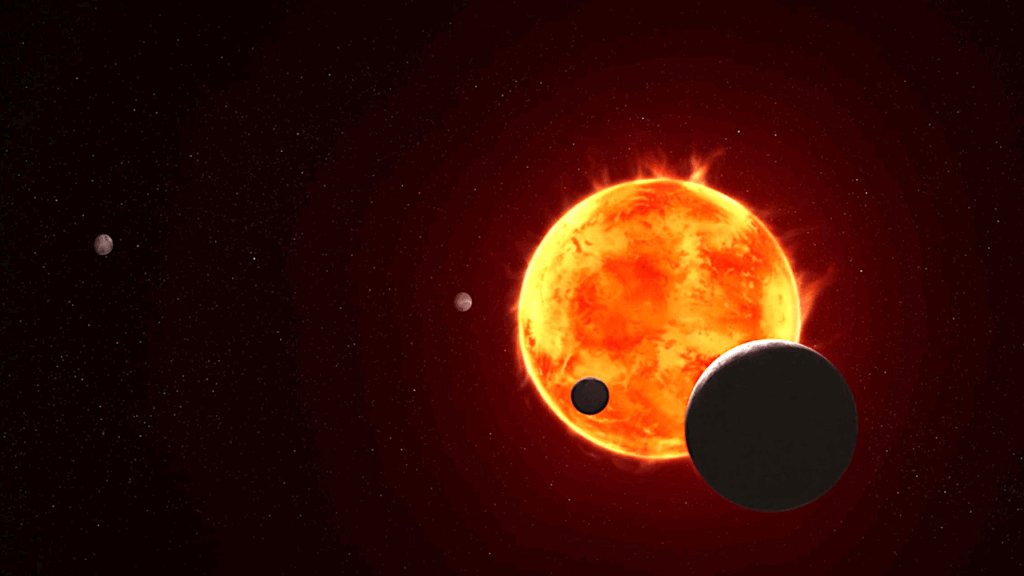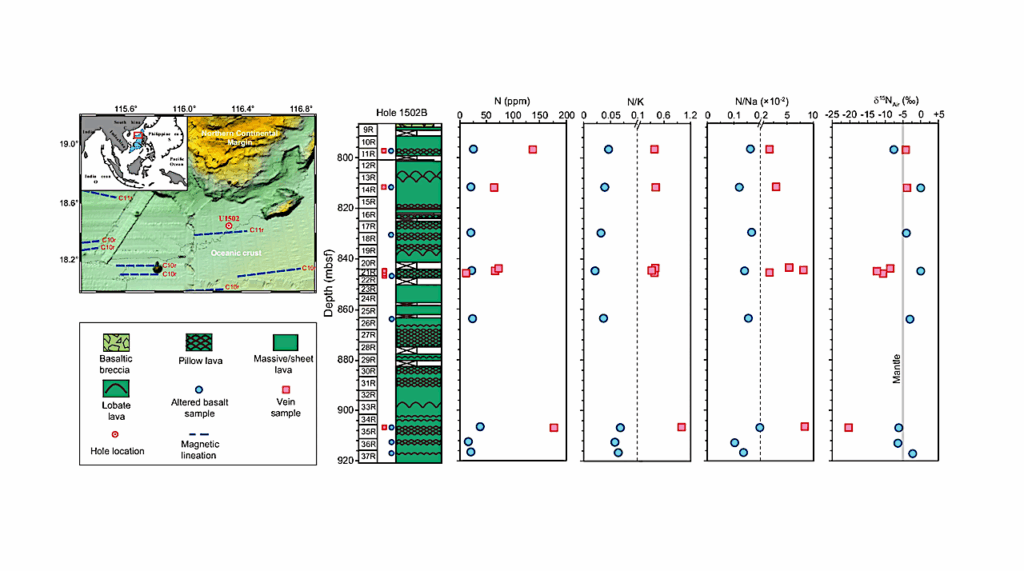Behaviors of Martian CO2-driven Dry Climate System and Conditions for Atmospheric Collapses

The present Martian climate is characterized by a cold and dry environment with a thin atmosphere of carbon dioxides (CO2).
In such conditions, the planetary climate and habitability are determined by the distribution of CO2 between exchangeable reservoirs, that is the atmosphere, ice caps, and regolith. This produces unique responses of the Martian CO2-driven climate system to variations of astronomical forcings.
Specifically, it has been shown that the phenomenon called an atmospheric collapse occurs when the axial obliquity is low, affecting the Martian climatic evolution. However, the behavior of the Martian climate system and the accompanying changes in climate and habitability of such planets remain ambiguous.
Here we employed a latitudinally-resolved Martian energy balance model and assessed the possible climate on Mars for wider ranges of orbital parameters, solar irradiance, and total exchangeable CO22 mass. We show that the atmospheric collapse occurs when the obliquity is below ~10 degrees when other parameters are kept at the present Mars condition. We also show that the climate solutions on Mars depend on orbital parameters, solar luminosity, and the total exchangeable CO2 mass.
We found that the atmospheric collapse would have occurred repeatedly in the history of Mars following the variation of the axial obliquity, while the long-term evolution of atmospheric pCO2 is also affected by the changes in the total exchangeable CO22 mass in Martian history.
Even considering the broad ranges of these parameters, the habitable conditions in the Martian CO2-driven dry climate system would be limited to high-latitude summers.
Yasuto Watanabe, Eiichi Tajika, Arihiro Kamada
Subjects: Earth and Planetary Astrophysics (astro-ph.EP)
Cite as: arXiv:2411.06871 [astro-ph.EP] (or arXiv:2411.06871v1 [astro-ph.EP] for this version)
https://doi.org/10.48550/arXiv.2411.06871
Focus to learn more
Submission history
From: Yasuto Watanabe
[v1] Mon, 11 Nov 2024 11:12:02 UTC (4,113 KB)
https://arxiv.org/abs/2411.06871
Astrobiology,








